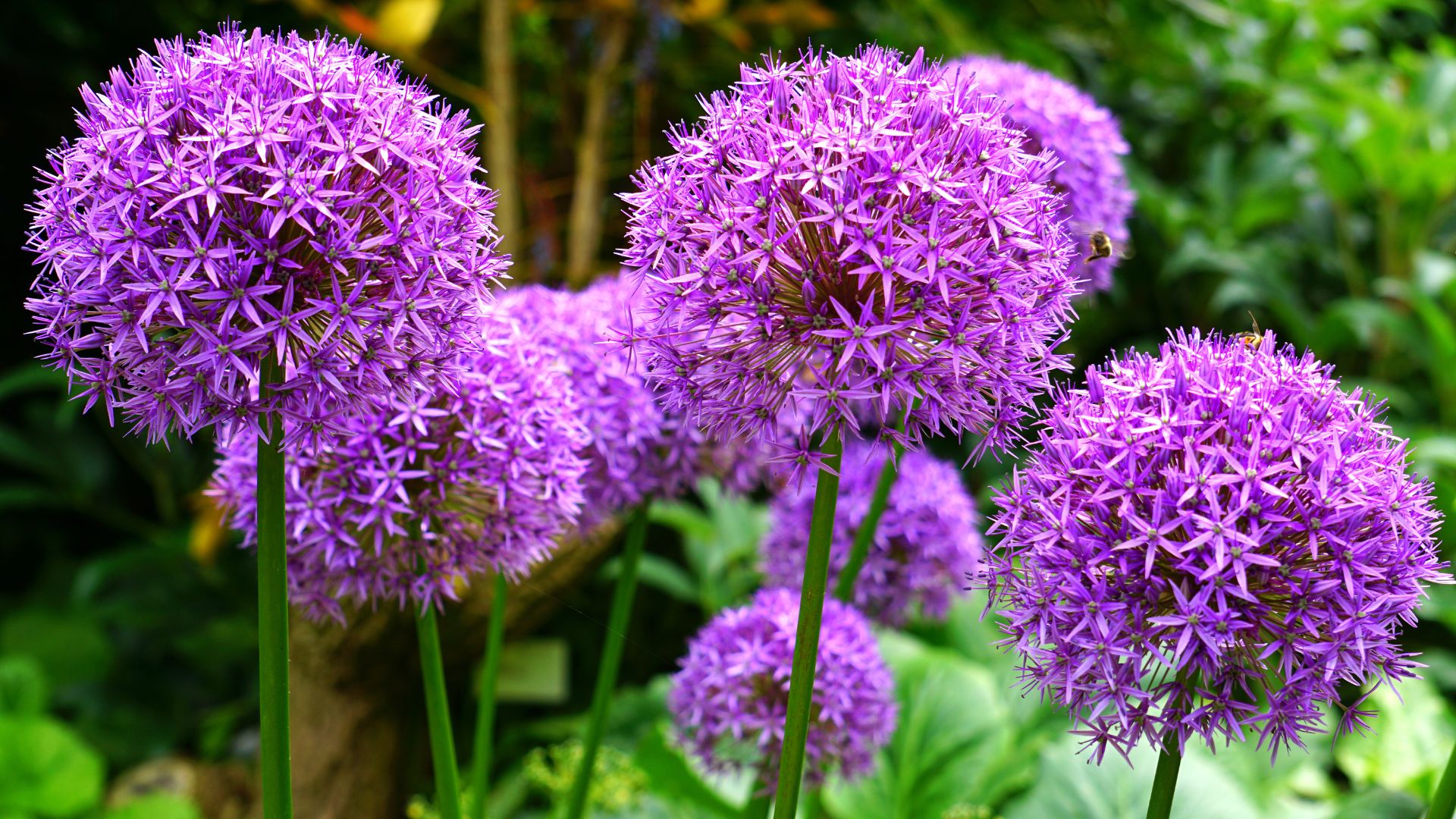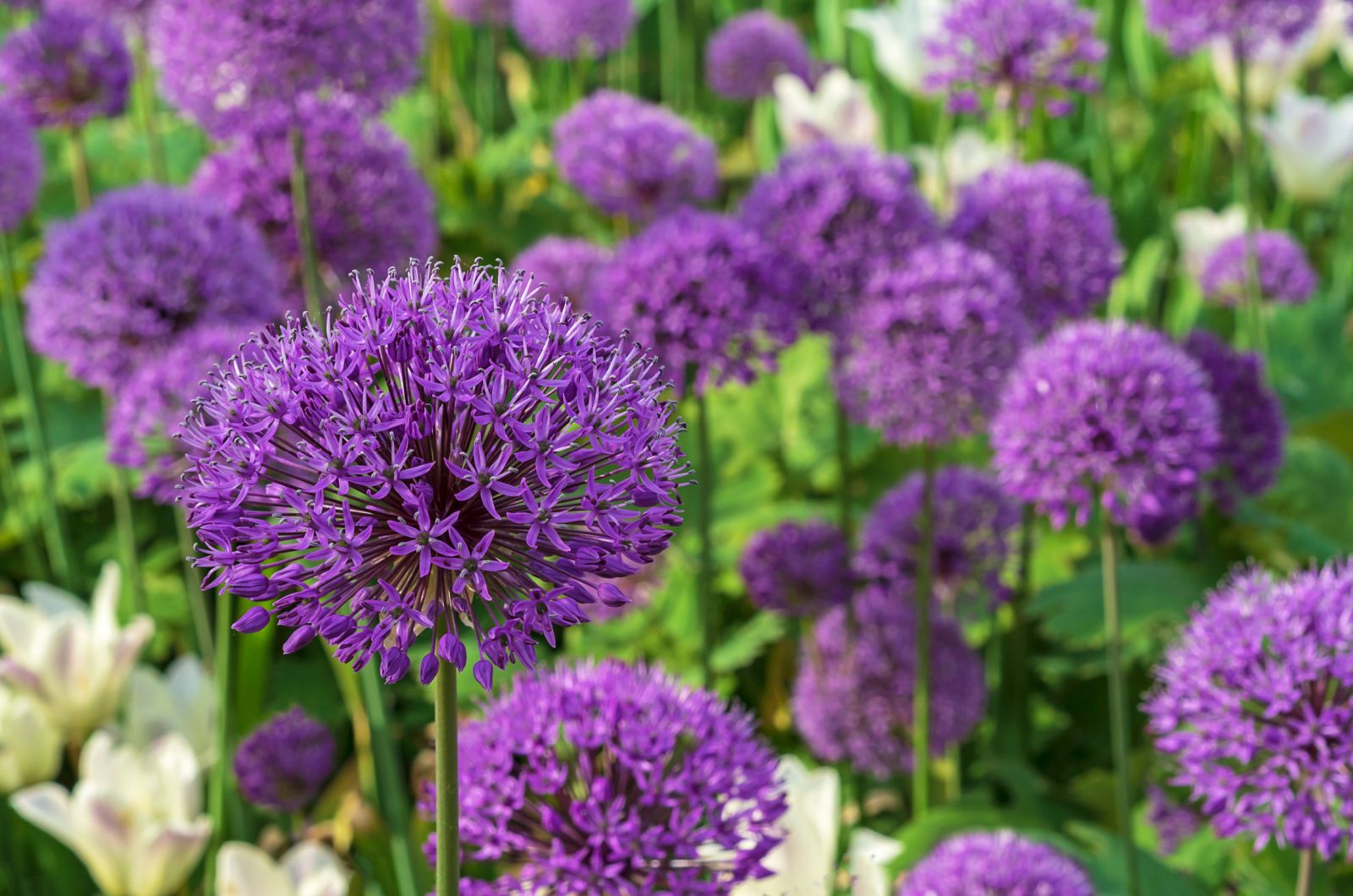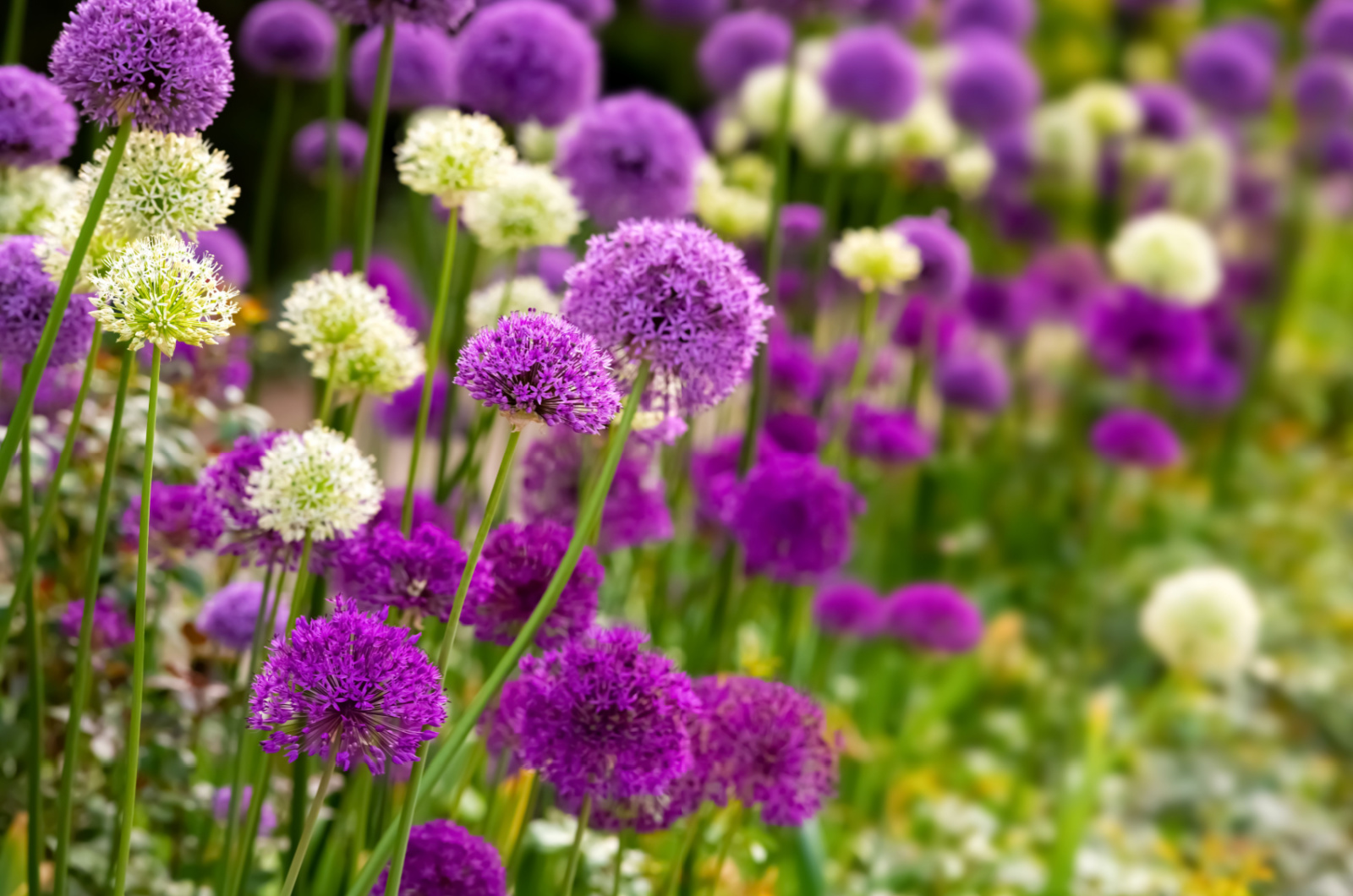The word Allium may sound confusing to many beginner growers because some gardeners use it to describe only one species. This is actually a genus that comprises hundreds of species, including the well-known garlic, onions, chives, shallots, and leeks.
These plants make perfect companions in gardens because of their pungent scent that deters many pests.
It would be kind of logical to grow all these species in the same spot so that no pests come near. Surprisingly, that’s not the case and it can have an adverse effect!
Let’s see why growing Alliums near each other isn’t a good idea!
Increased Susceptibility To Pests
Wait, what? First, you should know that plants that belong to the same family share sensitivity to certain pests.
Just because Alliums act as excellent deterrents, it doesn’t mean they’re resistant to all pests. Additionally, pest resistance may depend on the Allium species.
For example, onions have the ability to repel pests that attack brassica plants but their strong scent will draw onion maggots (1), which can quickly spread to all other Alliums.
Pest infestations may severely inhibit plant growth, so it’s better to find separate planting sites for onions, garlic, leeks, and all other members of the Allium genus.
Increased Susceptibility To Diseases
Disease susceptibility significantly increases if you plant different Alliums in the same bed. The disease may spread through physical contact or other ways if these plants are too close to each other.
Remember that some diseases, such as downy mildew (2), affect all Allium species. The fungus that causes this disease may survive through the winter and attack your newly planted Alliums.
If you plant garlic and onions near each other, you increase the sensitivity of both plants to Pink root (3) and Fusarium basal rot (4) diseases.
To avoid this, employ crop rotation gardening techniques or disperse these plants throughout planting beds.
Competition For Essential Resources
Onions, leeks, garlic, shallots, and other members of the Allium genus have similar growing requirements so it may seem that they’ll do well when planted together in terms of conditions.
Unfortunately, this also has adverse effects on the growth of these plants because they compete for essential resources.
Alliums are root veggies and their bulbs or tubers grow at the same depth. This means that they’ll absorb nutrients from the soil and deplete them entirely in a short period of time.
These plants will also compete for sun so they won’t have enough energy to develop fully during the growing season.
Since our main goal is to get a bountiful harvest of our Allium, we should avoid planting them near each other.
You have other way better combinations if you decide on the companion planting method. Garlic makes an excellent tomato companion, whereas onion is a good companion to arugula. Well, why risk it when you have so many options to choose from?
References
1. Onion Maggot. (n.d.). Wisconsin Horticulture
2. Downy Mildew / Onion and Garlic / Agriculture: Pest Management Guidelines / UC Statewide IPM Program (UC IPM). (n.d.).
3. Pink root / Onion and garlic / Agriculture: Pest Management Guidelines / UC Statewide IPM Program (UC IPM). (n.d.).
4. Sscheufele. (2020, September 30). Alliums, fusarium basal rot. Center for Agriculture, Food, and the Environment.



